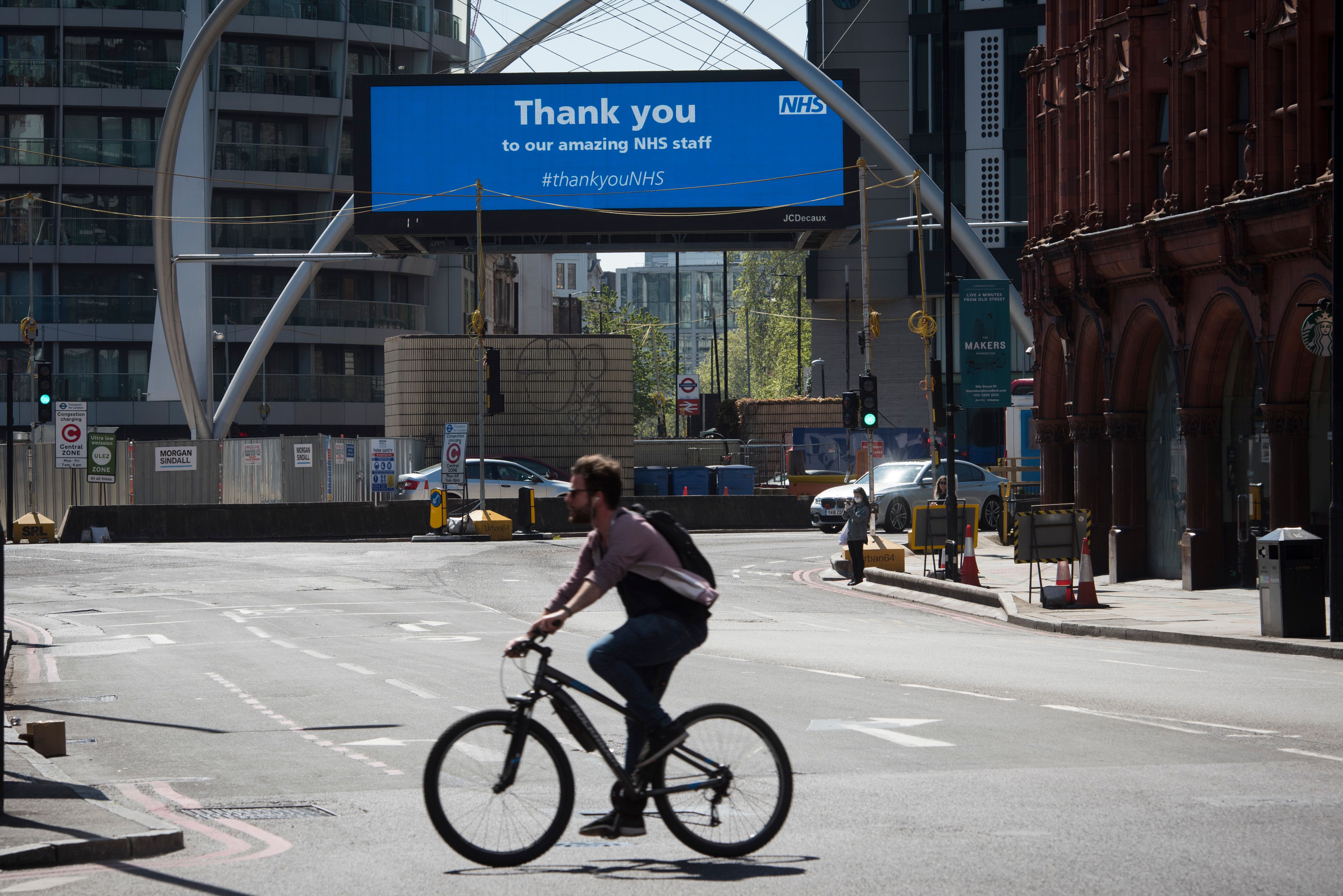Revision of British Policy on Halting COVID-19

Despite the first infection taking place in the UK on 31 January, the pandemic threat remained underestimated in the political debate and government activities until March. During the “honeymoon” period of the new Conservative government, Prime Minister Boris Johnson’s attention was focused on his key electoral commitments, and the opposition on criticism of it. These commitments included, among others, leaving the EU by 31 January, announcing an infrastructure investment programme and reorganising the government in February, as well as adopting the correlated budget for 2020 and starting negotiations on the future relations with the EU in March. Consequently, the response to COVID-19 was delayed.
Anti-Pandemic Strategies
Until 9 March, the strategy promoted by the authorities mostly emphasised personal and collective hygiene, as well as voluntary self-isolation of travellers from the then-known foreign pandemic centres. From 16 to 25 March, the strategy was revised in response to the NHS becoming overwhelmed in London, the UK’s original epicentre. The government introduced the most far-reaching restrictions on civil liberties since World War II. Schools and universities were closed, the first package of aid for business and workers was launched, soldiers and reservists were mobilised, and local elections in England were postponed until May 2021. On 25 March, the Coronavirus Act was given royal assent. It empowered the government to, among others, ban public gatherings of more than two people, take control of private operators of public transport, enhance inspections in ports and airports, and establish temporary hospitals. The government has also recommended switching to remote work. The leading airlines (e.g., British Airways, EasyJet, Ryanair) reduced their activities by 70–100%.
Domestic Political Context
The return of the government majority to the House of Commons in December resulted in a public debate focusing on efficient legislative implementation of Tory pledges. In parallel, the official opposition, held by Labour, was preoccupied with the election of its new leader, concluded only on 4 April with the victory by Sir Keir Starmer. Initially, public support for restrictions affecting personal freedoms or the labour market was also low. Finally, Johnson de-politicised the fight against the virus by giving in February a leading role in defining the government’s epidemiological strategy to experts (a “science-led” policy). As a result, the government’s actions were in line with the opinions of both the British public and a significant number of scientists, without being effectively contested by the opposition.
In terms of public image and substance, the main role in the fundamental revision of the strategy—alongside medical experts—has been played by the Chancellor of the Exchequer Rishi Sunak, who announced economic “shield” programmes. This was accompanied by an extensive information campaign in media promoting social distancing and solidarity. The narrative was strengthened by reports about the hospitalisation of the prime minister and infections of the Prince of Wales and members of the government (including the minister and deputy minister of health, the chief medical officer, and the chief negotiator with the EU).
International Context
The government’s original response to the spread of the virus was also based on the vision of “Global Britain”. It assumes distancing the UK from the EU while maintaining good neighbourly relations, tightening the links with the U.S. while criticising American trade protectionism, and recognising trade with the emerging economies of the Asia-Pacific as a prospective source of British economic growth. This attitude was expressed by the government’s decision of 28 January to allow Huawei, in defiance of the U.S. position, to participate in the construction of the 5G network in the UK. The vision also motivated the British government to maintain a business-as-usual approach to the pandemic for as long as possible in order to support the economy, and international financial services and production chains in particular. The UK has also kept its borders open, including for travellers from China.
The revision of the strategy has contributed to reducing tensions in relations with the EU by bringing restrictions in the UK to continental Europe’s levels. In particular, in early March, the UK position was seen as escalating the epidemiological risk in France (through whose ports about 90% of goods pass between the UK and the EU) and in Ireland (maintaining the Common Travel Area, or CTA, with the UK). This was exemplified by the preventive cancellation of public celebrations of St. Patrick’s Day in Ireland not being mirrored in Northern Ireland. The festivities attracted a considerable number of visitors from the Republic, emphasising the epidemiological challenges arising from the CTA and the “invisible border” on the island. In late March, the Tory transatlantic wing has also opened a debate on the responsibility of China for the global pandemic and on security and economic implications of Chinese investment in Britain.
Conclusions and Perspectives
The revision of the strategy has so far prevented the NHS from becoming overwhelmed. The government’s actions remain supported by at least 60% of the population, which among selected social groups (e.g., seniors) and for specific instruments (e.g., increased border controls) reaches 90%. Tory support has exceeded 50% in April, with some 30% for the Labour Party (Opinium, YouGov). However, the UK has one of the highest infection numbers (140,000 as of 23 April) and mortality rates (about 14%) worldwide. These numbers result not only from medical realities but also from Johnson’s governance. For example, the mortality rate in Ireland is more than three times lower than in the UK, which corresponds with the decision to restrict the 17 March celebrations. At that time, the UK government authorised mass events, including the 11 March football match between Liverpool FC and Atletico Madrid, which was attended by thousands of Spanish fans.
The receding wave of infections forecast for late April will open a public debate about the state of NHS preparedness for the pandemic (i.e., on Tory austerity and NHS spending since 2010) and the government’s crisis-management. Importantly, the NHS has constituted one of a few policy areas in recent years where the British public has regularly been attributing a higher level of commitment and priority to Labour than to the Conservatives. Although the government has already allocated an unprecedented sum of £350 billion (16% of GDP) to economic aid programmes, according to the Office for Budget Responsibility it faces the biggest public debt since the 1920s. Consequently, the political rivalry will likely quickly shift to the lockdown exit strategy and new economic policy. Lifting the restrictions depends, among others, on increasing the number of COVID-19 antibody tests performed daily from the current 21,000 to 100,000.
Taking into regard the renewal of the Tory manifesto and agenda under Johnson’s leadership, there will most likely be—in contrast to the Thatcherite tradition of the party—a steady increase in NHS spending, public infrastructure investment, and state intervention in the economy. Moreover, an even more ambitious agenda of a similar character should be expected from Labour. Given the size of the public debt, this will result, however, in spending cuts in other fields (e.g., foreign military presence).
From Poland’s point of view, the most important decisions are those regarding the EU-UK future relations agreement, to be concluded by 31 December. Taking into consideration the suspension of negotiations after the first session (2–5 March) and their resumption only on 20 April in teleconference mode, the chances of reaching an initial agreement by the end of June seem low. It is possible to extend the talks at the request of either party, but a natural consequence of such a decision is the transfer of UK funds to the EU (instead of, for example, to the NHS). Therefore, such a move would be politicly costly to Johnson. An alternative is to conclude and ratify the agreement during the German presidency. Avoiding the “no-deal 2.0” scenario would help to stabilise the economy and security of both the EU and the UK. However, UK Eurosceptics believe that the current restrictions are facilitating logistical preparations and lowering the political cost of such a scenario.


